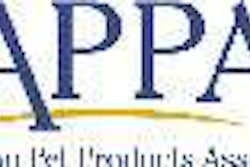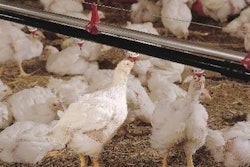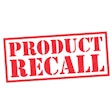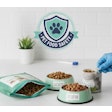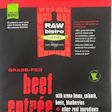
Science and feasibility are key
Notwithstanding the 2007 recall of products contaminated with melamine and related compounds, petfoods have had a good safety record in the US. Yet, because of their high prevalence and frequency of use in pet-owning households, petfoods receive more than their fair share of blame for adverse health events. In dog and cat poisoning cases where the causes were confirmed, only 1.7% could be attributed to foodfar below the number for many other household items, such as drugs, insecticides, plants, rodenticides and cleaning products (Miller et al ., 2000).
Despite these statistics, the Internet is replete with sites that disparage the safety of commercial petfood products, often implicating poor regulatory oversight as a major factor. Some of the concerns expressed do have legitimate merit, but many others are without sound scientific or regulatory rationale. Petfood manufacturers who accede to ill-founded concerns for the sake of public image or market share may provide a façade of improved safety, but these acts do little to improve safety per se .
For example, there doesn't appear to be evidence that the manufacturer-initiated removal of ethoxyquin from petfoods in response to advocates' demands in the 1990s ever accomplished anything beneficial. Routine testing of outgoing product for melamine content may be prudent in some cases, but when done at the expense of appropriate attention to many other potential safety problems, it serves to offer dubious promises to the consumer more than true improved safety.
This is not to say there isn't opportunity for improvement in petfood safety regulation. FDAAA places much of the burden on FDA to develop and implement improved methods to detect a petfood-borne outbreak in its early stages and communicate on such matters with industry and the public more effectively. While that aspect of the new law only helps after a safety problem erupts, the act also requires FDA to promulgate regulations to improve ingredient, processing and labeling standards as a means of proactively addressing petfood safety.
As of this writing, proposed rules to implement the act are forthcoming, so it is unknown what FDA plans to offer in this area. Whatever is proposed, it is imperative it be scientifically valid, feasible for industry to accommodate and enforceable by regulatory bodies.
While additional costs to both government and industry should be expected, any substantial increase in expenditures must be weighed against actual benefit to safety. New regulations pertinent to process control (e.g., Good Manufacturing Practices) would appear to be the most useful complement to the product control regulations already in place, guiding industry to establish procedures that can be both efficient and cost-effective in elevating the standards for petfood safety.
Stay with AAFCO
By Duane Ekedahl, PFI
Commercial petfoods truly are one of the amazing products of the 20th century. They provide carefully balanced nutrition at an affordable price and have an exceptional safety record that compares favorably to human food.
Petfood products are the most highly regulated products on US grocery store shelves, with the exception of infant formula. Federal and state regulations and guidelines apply to virtually every aspect of petfood, including:
- Ingredients used;
- Process by which products are made;
- Nutritional content; and
- Information that appears on labels.
The result is that consumers can choose from a wide variety of products that provide all of the nutrition required by their pet cats and dogs.
The last two years have illustrated a challenge brought about by the new global economy that has resulted in greater US government activity aimed at ensuring the safety of products-including processed food and ingredients-that cross international borders. As a result, the US FDA was mandated to develop national regulations for petfood pertaining to ingredients, manufacturing and labeling. These three areas are already covered by the AAFCO Model Bill and Model Regulations, which have been worked on for over 40 years and adopted widely by the states. It is because they are in place that PFI, in its official comments on the proposed regulations, urged FDA to adopt regulations consistent with the AAFCO models.
As the FDA petfood regulations are expected to be released for public comment in the coming months, it is important to maintain perspective on the long record of production and use of commercial petfood products. Continuous research, innovation and expansion of nutritional knowledge for companion animals have resulted in a highly competitive and dynamic domestic petfood sector. The US petfood industry has set the global standard for quality, nutrition and yes, safety, for many years, as it will continue to do for many years to come.


